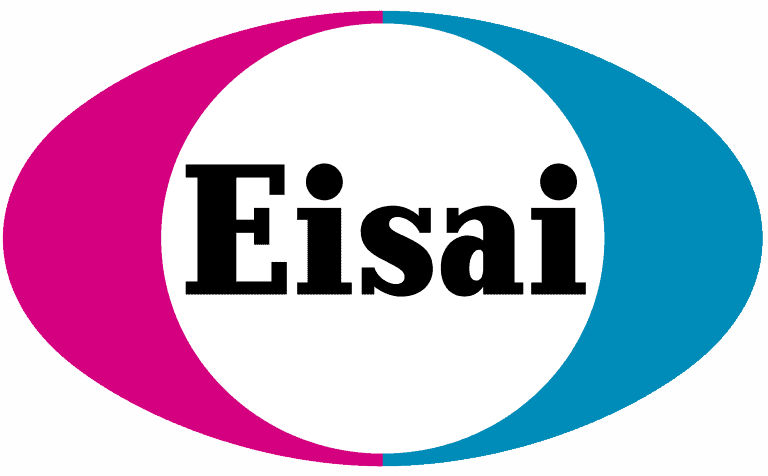While three new medications have come to market for Dravet syndrome in the past several years, only a portion of patients achieve adequate seizure control. Even for those who experience longer periods of seizure-freedom, the other comorbidities of Dravet syndrome greatly impact quality of life for individuals as well as their families. Therapeutically targeting the cause of Dravet syndrome has the potential to truly modify the disease, improving symptoms across multiple domains in addition to seizures. The majority of the cases of Dravet syndrome are caused by mutations in the SCN1A gene leading to reduced expression of the sodium channel encoded by SCN1A, called Nav1.1. Researchers are working to find ways to increase expression of a healthy SCN1A gene copy in order to normalize the levels of Nav1.1. There have been many advancements in the last several years, with some therapies already entering human clinical trials. If you would like to find out more about the different methods scientists are using for the development of novel therapies to correct Dravet syndrome, I will direct you to the companion to this blog post: an updated overview of gene therapy development for Dravet syndrome. While not all of these approaches are truly “gene therapies” (which technically refers to gene replacement), because the approaches are all working to correct things at the single-gene level, we are grouping them together under this terminology for simplicity. It is exciting to see such an array of tactics being utilized based on our current knowledge of genetics and molecular biology, and the future seems bright with opportunity for improved treatments for Dravet syndrome.
Gene Therapy for Dravet Syndrome

Share
Share
Share

Veronica Hood, PhD
Dr. Hood joined the DSF staff in 2020. She has an MS in Biology from East Tennessee State University and a PhD in Cell, Stem Cell, and Developmental Biology from the University of Colorado. She spent 10 years in laboratory settings researching how small changes in genetic and molecular regulation contribute to complex neurological diseases.
In 2007, Veronica had a son, Gabriel, who faced severe developmental challenges. Gabriel presented with initial seizure activity within his first two months of life, and his medical needs quickly became quite complex. Despite endless testing, a diagnosis remained elusive, and at the age of 8, Gabriel passed away. These experiences fueled Veronica’s passion to advance medical research and shaped her desire to support other families facing similar challenges. She hopes to apply her scientific knowledge and her understanding of the caregiver experience to support the Dravet community by facilitating Dravet-focused research and acting as a liaison between researchers, professionals, and families.




